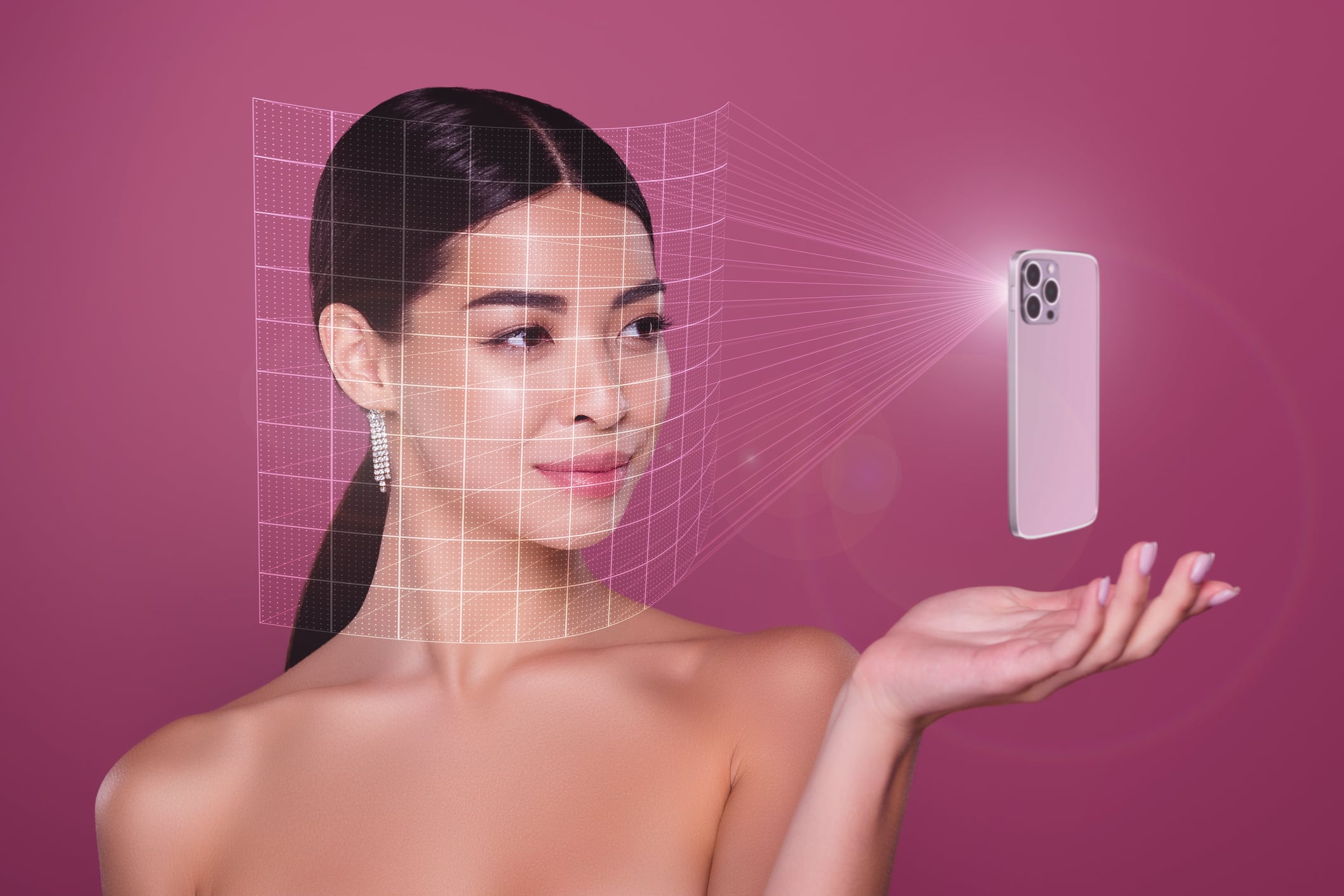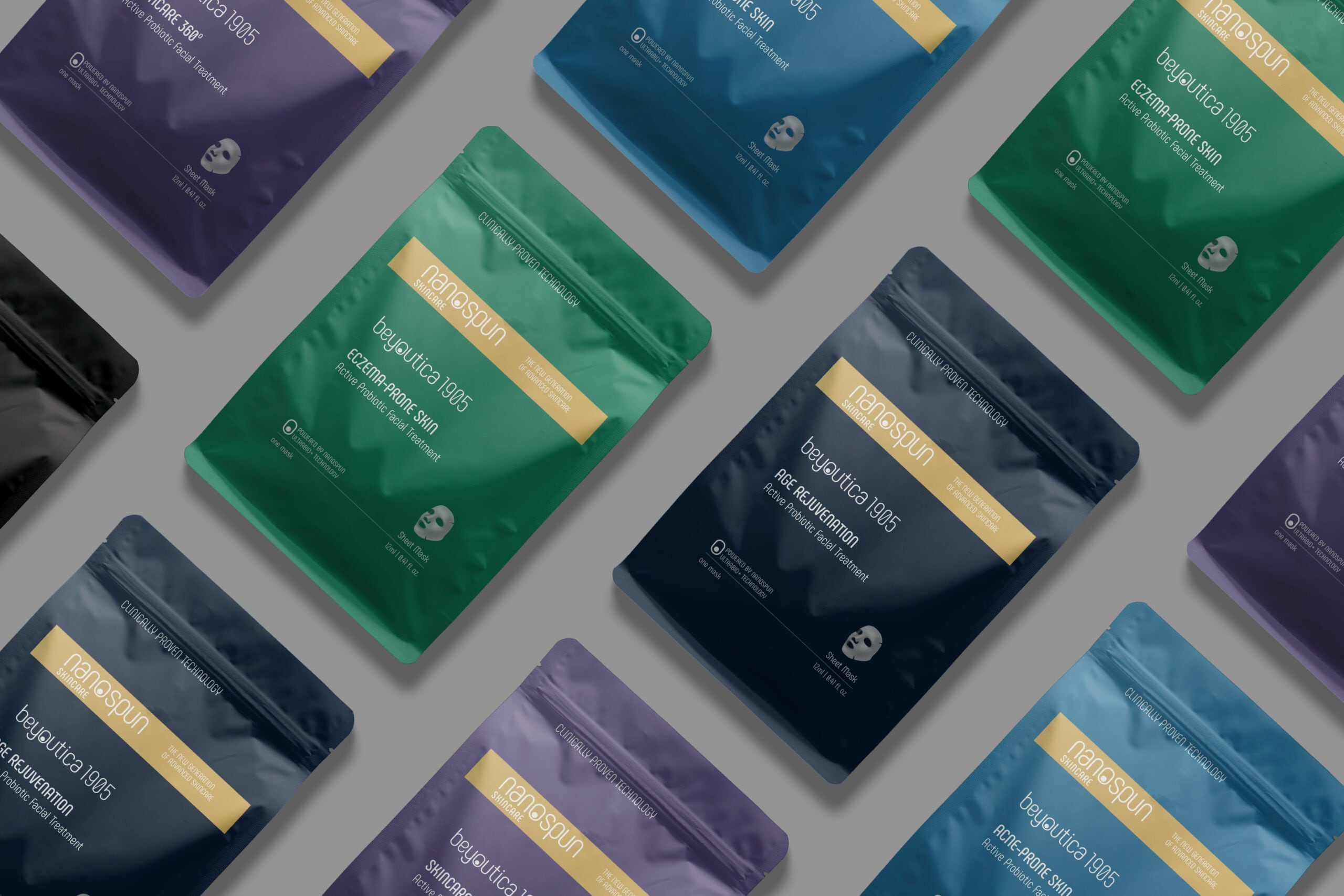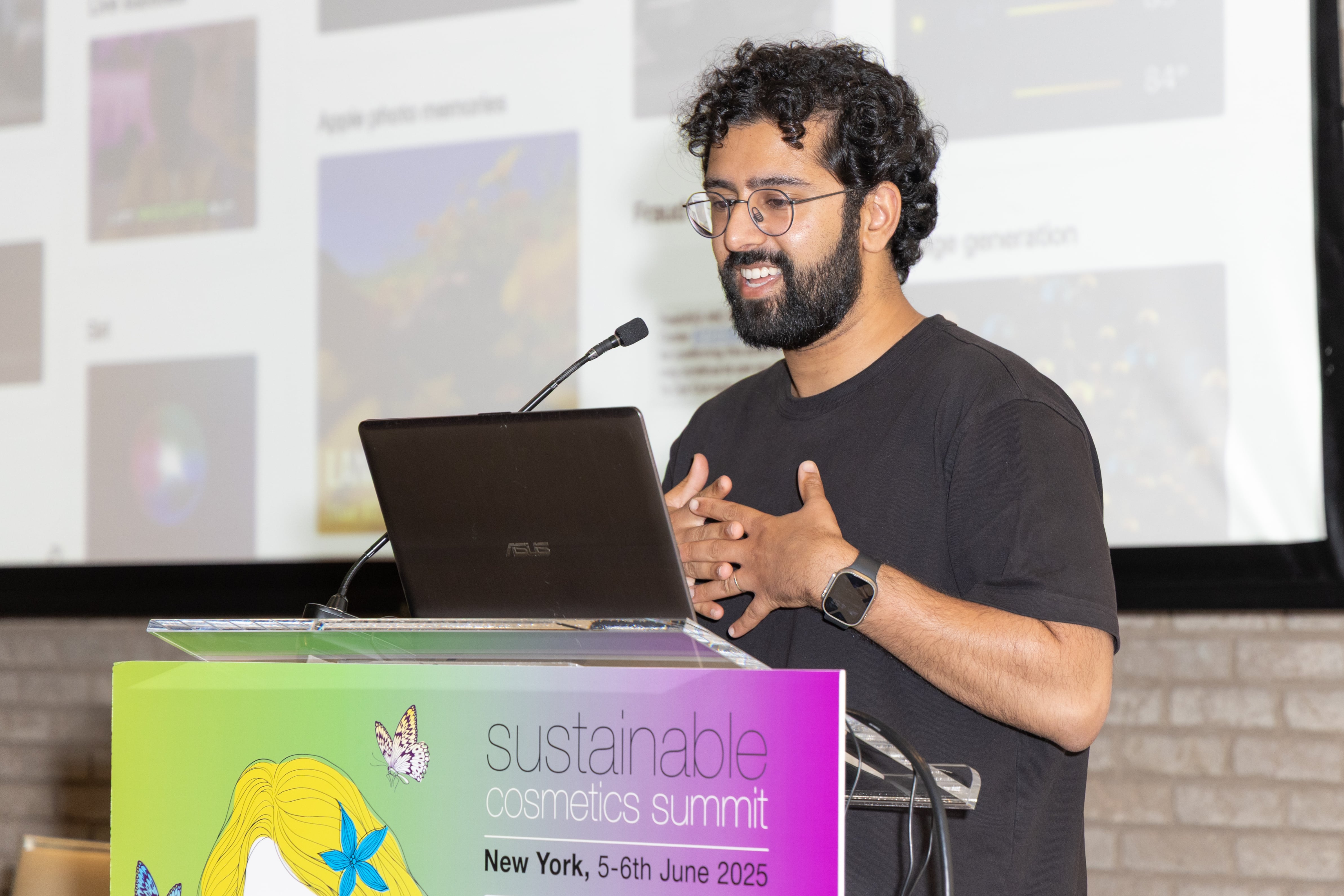The engine behind the revamped Skin360 platform is Haut.AI, an Estonia-based startup whose technology is now at the center of some of the beauty industry’s most ambitious digital personalization strategies.
“The relaunch of Neutrogena Skin360 was carried out with strong emphasis on scientific precision,” Haut.AI CEO and co-founder Anastasia Georgievskaya told CosmeticsDesign U.S. “It is precisely because of Haut.AI’s algorithmic accuracy that Neutrogena chose us as a partner.”
As beauty brands compete to deliver measurable results and real personalization, Haut.AI’s collaboration with Neutrogena reflects a broader shift: AI moving out of the lab and into everyday use at scale.
Data-driven accuracy for mobile use
Unlike many AI tools that can struggle to perform in uncontrolled or unpredictable environments, Haut.AI’s platform was designed for in-home use. The company’s models were trained on over three million images from nearly 800,000 individuals, covering a wide range of skin types, tones, and concerns.
“This ensures balanced, unbiased, and inclusive outputs,” said Georgievskaya. The dataset, she added, is not just large, but clinically vetted: “It is annotated by biomedical experts and validated against gold-standard dermatological benchmarks, so that the technology is always grounded in science.”
That scientific rigor is paired with Haut.AI’s proprietary real-time image validation layer, LIQA (Live Image Quality Assurance), and is now embedded in the updated Skin360.
Solving the image quality bottleneck
“Professional skin assessments depend on controlled conditions—lighting, angle, calibration,” Georgievskaya said. “When skin analysis moved from clinics to personal devices, consumers were now taking unsupervised selfies on their own phones and expecting the same level of accuracy.”
LIQA was built to close that gap, she explained. The feature walks users through the photo capture process, prompting them to adjust lighting or positioning before the image is accepted for analysis. “It ensures technical quality for the algorithms and, importantly, gives consumers confidence in the results,” she added.
The accuracy of AI outputs depends directly on the quality of input. “Image capture cannot be left to chance,” Georgievskaya said. “It’s an area where we continuously invest and innovate.”
Turning skin data into product strategy
While much of the buzz around AI in beauty focuses on real-time personalization, Haut.AI’s technology also feeds insights back to R&D and product teams. This feedback loop has become a key differentiator for the brands it partners with.
“When Haut.AI’s skin analysis is integrated into a brand’s customer journey, it can become a powerful source of first-party, skin-specific data,” Georgievskaya said. “The technology can reveal common skin concerns across demographics, frequently recommended or added-to-cart products, and even gaps in existing product lines.”
That kind of data can influence formulation strategy, not just e-commerce UX by supporting teams in prioritizing “innovation in refining existing formulas or creating entirely new products,” she said.
Regimens not recommendations
One change in the Skin360 refresh is how results are delivered. Instead of suggesting a single product, users can now instantly receive comprehensive Neutrogena skin care regimens tailored to their top skin concern.
The demand for this update in functionality reflects how consumers increasingly expect frictionless, guided experiences. “By narrowing the choice to what is most likely to work for them, these regimens make decision-making easier, reduce the risk of choosing the wrong product, and create a more enjoyable, confidence-building brand experience,” Georgievskaya said.
An expanding role for AI in beauty and wellness
Haut.AI is already working with over 100 brands globally, but the Neutrogena partnership is notable for its scale and integration into the early stages of the customer journey. “It’s a great example of how our skin analysis solutions can be embedded into one of the most important steps of the consumer journey: product discovery and selection,” Georgievskaya said.
Looking ahead, Haut.AI is expanding its capabilities beyond facial skin. “Skin is strongly influenced by lifestyle, environment, and overall health,” she explained. “This opens the door for brands in the broader wellness industry to incorporate or visualize skin analysis within their consumer experiences.”
That could include body, hair, and even lifestyle tracking. “Skin may not traditionally be the primary metric, but it can serve as a powerful way to reflect the impact of lifestyle choices on overall body health—and allow users to see those changes for themselves,” she added.





